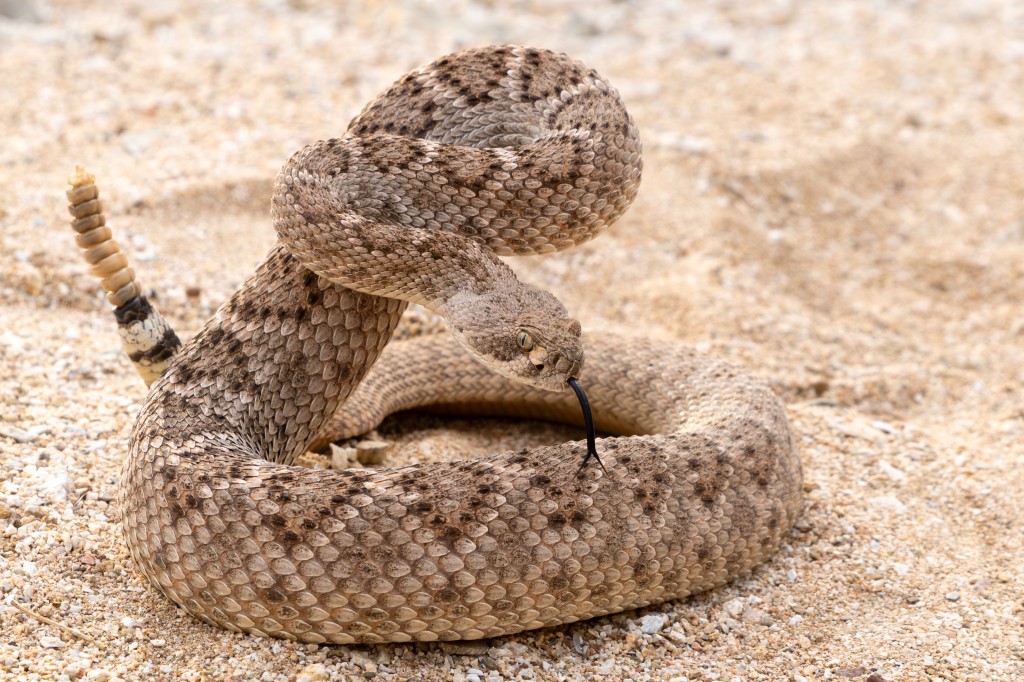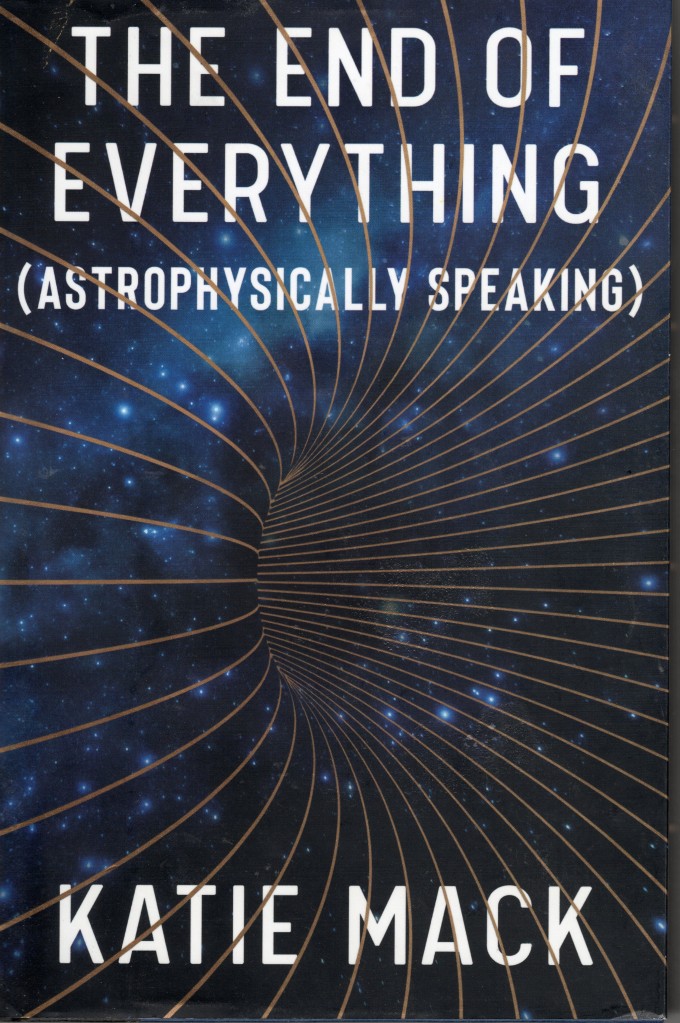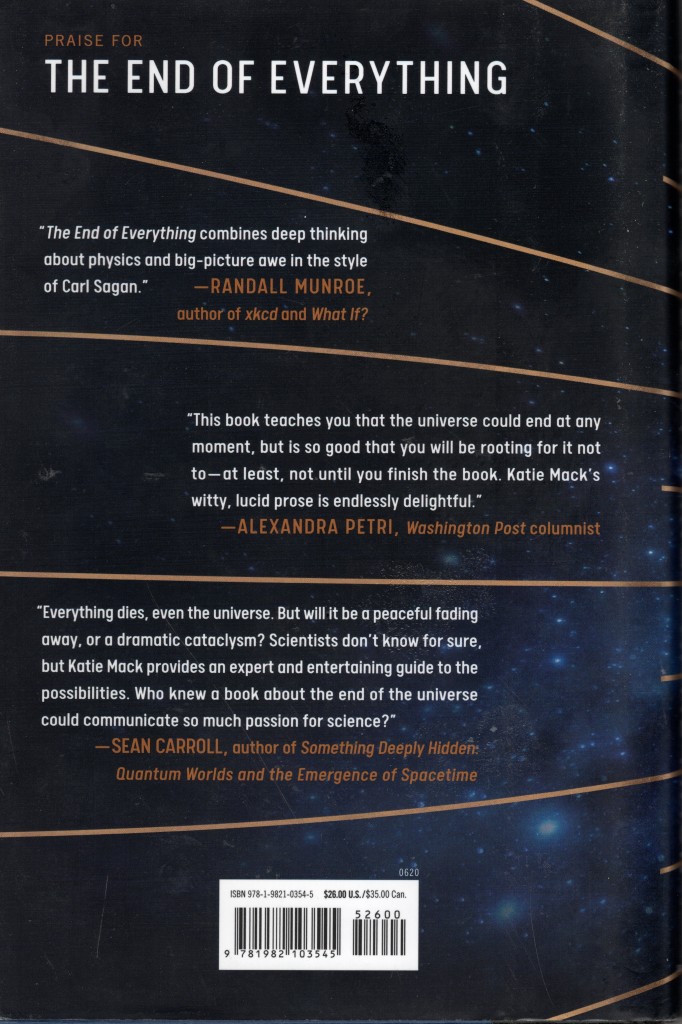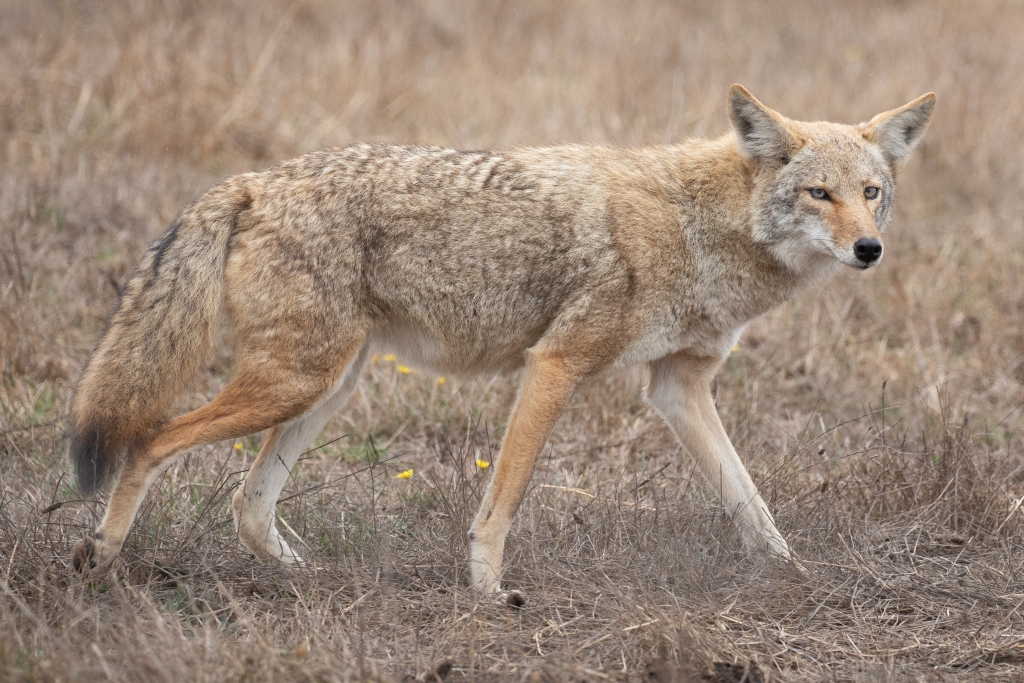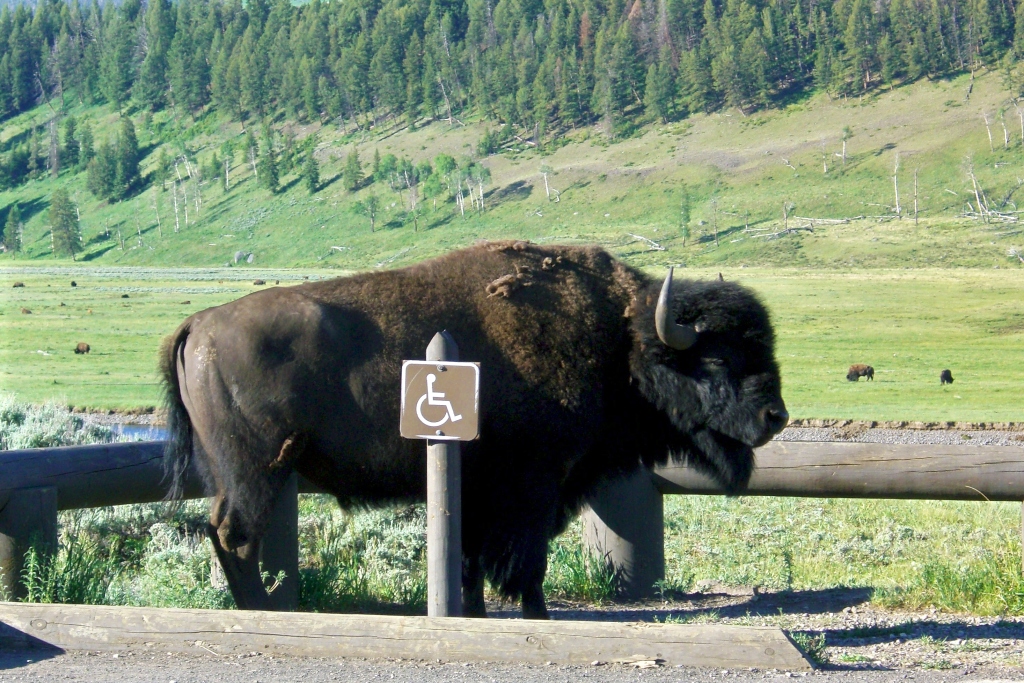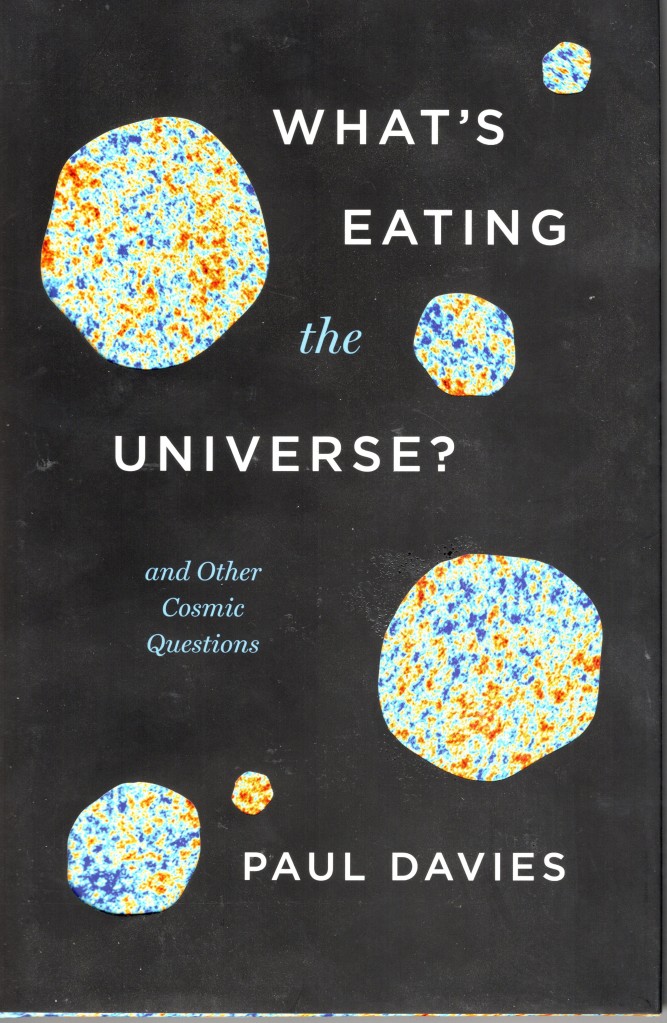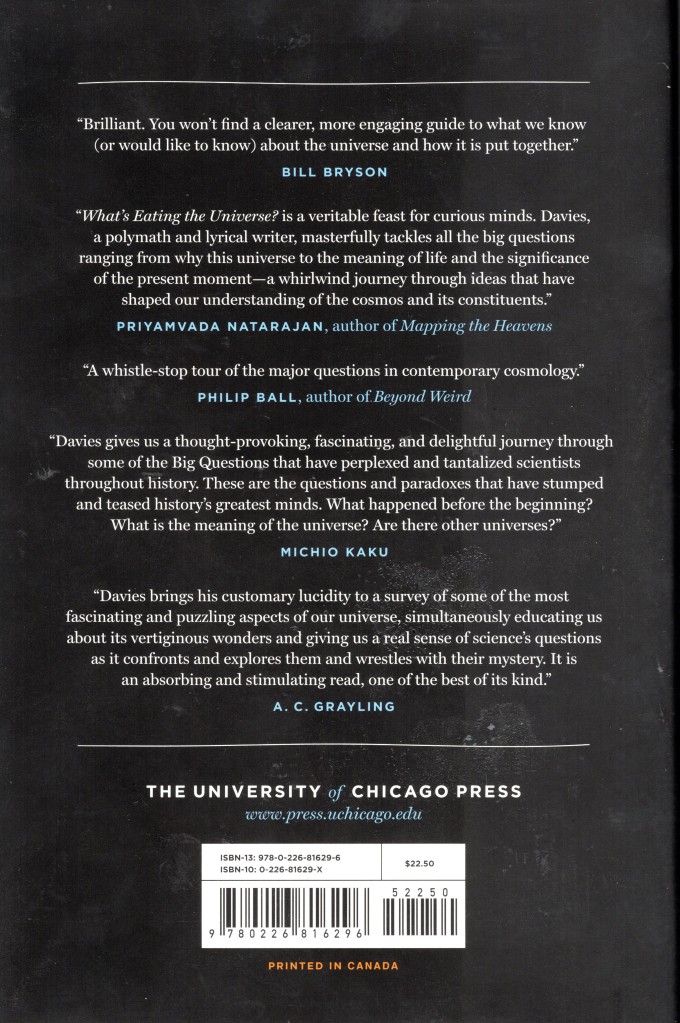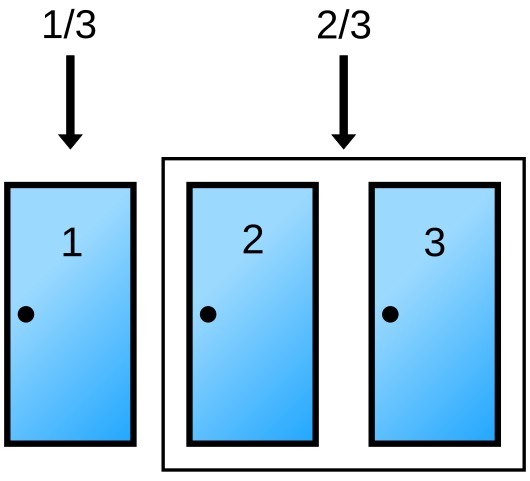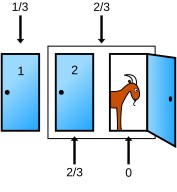There at least 105 species of snake in Texas, the most of any U.S. state and 15 species are significantly venomous and four more are mildly venomous. The most venomous is the Texas coral snake, which has enough venom in one bite to kill six adult men. However, the milk snake and the king snake are harmless snakes that look very similar to the coral snake. The way to tell the difference is to use the rhyme “Red touches yellow, kill a fellow; red touches black, friend to Jack” or alternatively “Red touch black, safe for Jack. Red touches yellow, kills a fellow”.
Look at the two pictures below. One is my daughter with the critter man, and she is holding a milk snake. The other picture is of the deadly coral snake. Can you tell them apart by using the rhyme?
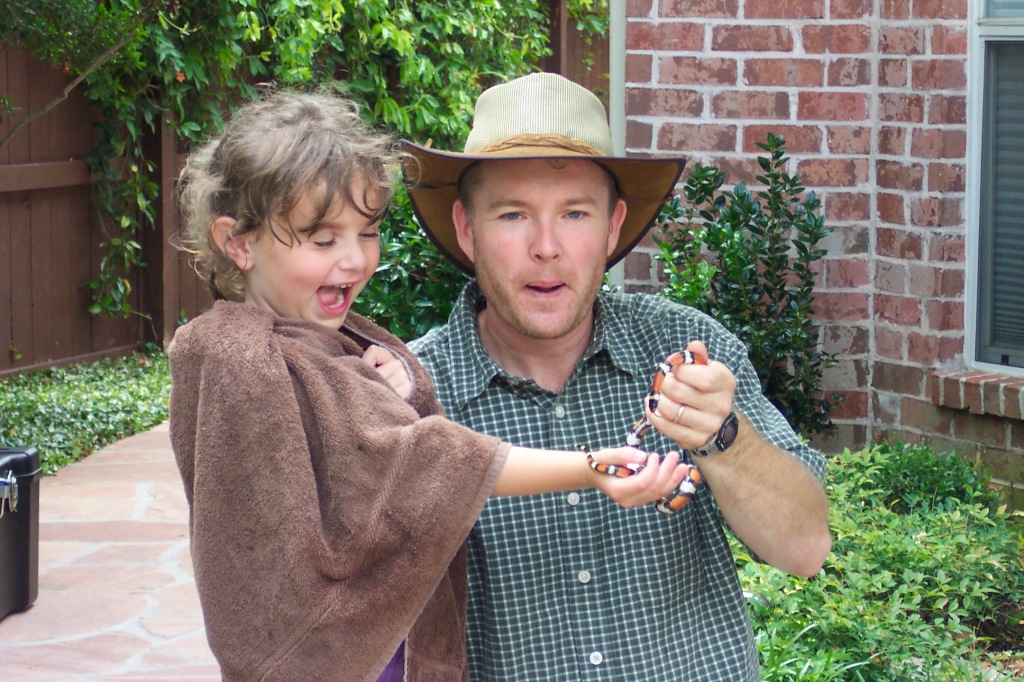
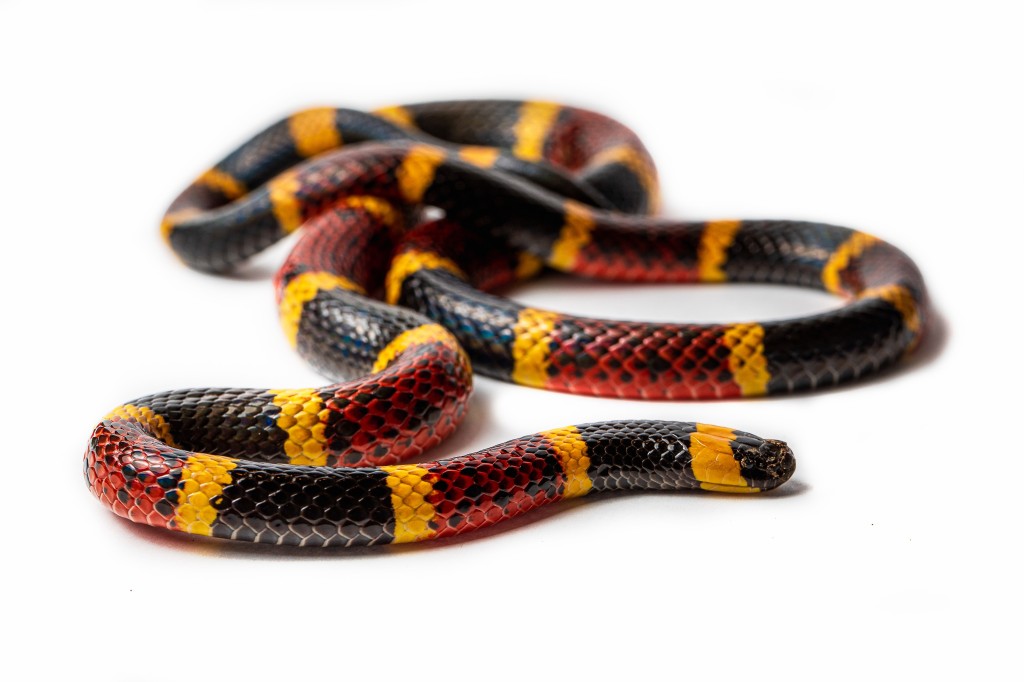
The Green Mamba
When our kids were young, we frequently visited Dinosaur State Park near Glen Rose, Texas. On one occasion I was carrying my four-year-old son on my shoulders. Suddenly he shouted, “Dad you almost stepped on that Green Mamba”. I looked down and between my feet crawled a green snake. It was a harmless green grass snake, but I did not even know there were green snakes in Texas.
On another occasion I was showing a whipsnake to my daughter. It was at a girl scout camp, and I had taken the snake out from its glass jar located in a room where they stored nonvenomous snakes. I was holding it in my hands. The whipsnake was pretty strong and decided to crawl under my shirt sleeve. I had to fight it to get it out from underneath my shirt sleeve and back into its glass jar. I probably looked like a clown juggling a snake. Whipsnakes are thin but very strong, long and stubborn.
We’ve also seen all kinds of water snakes as well as the dangerous water moccasin or cottonmouth as it is also called. We’ve seen rat snakes and snakes in our yard. I’ve seen a lot of snakes in the wild here in Texas and I typically don’t know what kind they are. That’s why I needed The Lone Star Field Guide to Texas Snakes by Alan Tennant.
Lone Star Field Guide to Texas Snakes by Alan Tennant
The goal of this blog is to create a list of what I call super facts. Important facts that we know to be true and yet they are shocking or disputed among non-experts. Super facts are important facts that people get wrong.
However, I sometimes create posts that are not super facts but contain other interesting information, such as this book review and book recommendation of the Lone Star Field Guide to Texas Snakes. This book features 105 snakes and includes hundreds of photos, information on prey and reproduction, habitat information, geographical distribution, and more. I bought the paperback version of the book.
- Paperback – Publisher : Taylor Trade Publishing; Third edition (December 28, 2005), ISBN-10 : 1589792092, ISBN-13 : 978-1589792098, 352 pages, item weight : 1.15 pounds, dimensions : 7.1 x 0.81 x 8.46 inches, it costs $43.46 new on Amazon, but you can buy used copies much cheaper. Click here to order it from Amazon.com.
- Kindle – Published : Taylor Trade Publishing; 3rd edition (January 27, 2006), ASIN : B00IUFI1K8, 352 pages, it costs $10.99 on US Amazon. Click here to order it from Amazon.com.
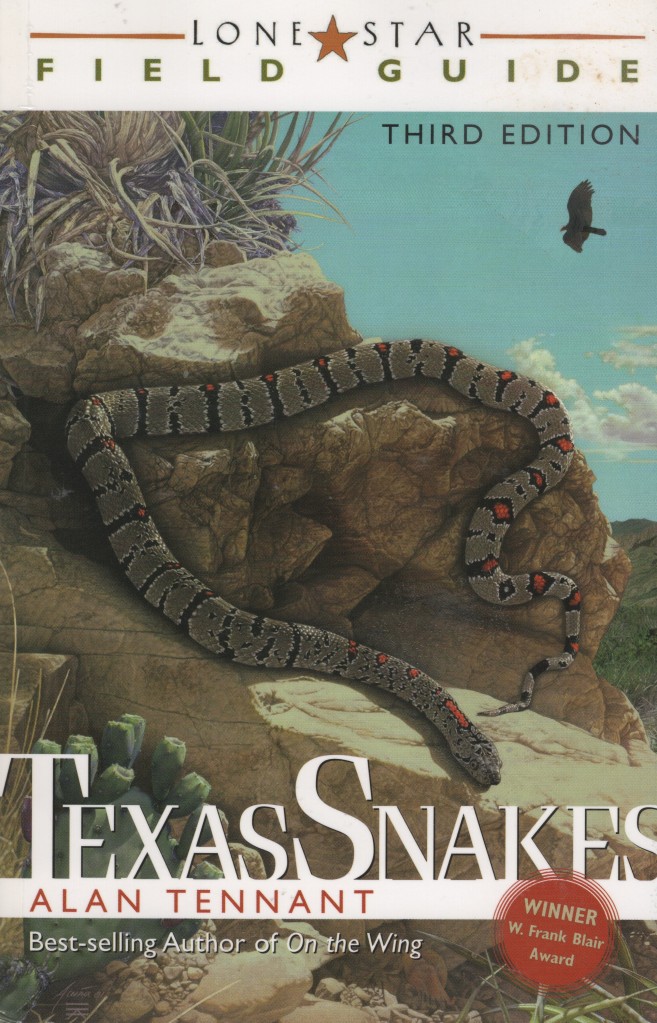
Amazon’s description of the book
The State of Texas not only boasts the largest snakes in North America, but also the largest number of species—105. This guide describes in detail each and every one of them, from the benign Texas long-nosed snake, to the venomous Western Cottonmouth. Facts on the biology and behavior are given, plus the latest findings on abundance, reproduction, prey, sizes, and habitat.
In addition, introductory chapters describe the physiology and diet of snakes, and an all-important section on “Venom and Evenomation” debunks the many myths surrounding what to do when bit by a venomous snake. 128 color plates of species and subspecies aid in identification.
This is my five-star review for Lone Star Field Guide to Texas Snakes
The review I posted below is a copy from Amazon, but I’ve improved it a bit. For example, in my original review of 2008 I called snakes poisonous. Snakes are not poisonous, they are venomous.
You almost stepped on that green mamba
“Dad, you almost stepped on that Green Mamba”. That is what my 4-year old (sitting on my shoulders) told me when we were walking in Dinosaur Valley state park. Using the second edition of this book I was able to identify the snake as the “Rough Green Snake” when I got home.
I am glad there are no Green Mambas in Texas (in the wild), but there are still some very poisonous snakes to watch out for. Seven species of rattle snake, two species of Massasauga, and a pigmy rattle snake, cottonmouth (water moccasin), three species of copperhead, and the Texas Coral snake. The Texas Coral snake is the most venomous of the snakes in Texas (but it is not aggressive) and the poison from the Mojave Rattle Snake can kill six adults (lives only in West Texas). There are 105 species of snakes in Texas.
This edition (third edition) has essentially the same pictures and information as the second edition, but the third edition is organized better, is a little bit bigger, and more updated. What I really like about this book is that for each of the snakes it has a map of Texas showing the distribution of the snake.
The book is also well organized, and the photos are good. It is also an interesting book to read, it contains a lot of facts about the various snakes. Once you start reading about the various snakes, and looking at the pictures and the distribution maps, you just can’t put it down. The book tickles your curiosity. Compared to other Texas snake books that I have seen this one is the most interesting and the most well-organized of them all. If you quickly need to identify a snake this is the right book.

Western Diamondback Rattlesnake Crotalus Atrox
One of the most common venomous snakes in Texas is the Western Diamondback Rattlesnake. It is fairly big, 3 to 7 feet long. Nearly all of the most serious cases of snakebite treated in Texas hospitals are inflicted by Crotalus Atrox, the Western Diamond-back. Deaths are uncommon but the loss of limbs is more common. There are 10 species of rattlesnake in Texas.
